Science News
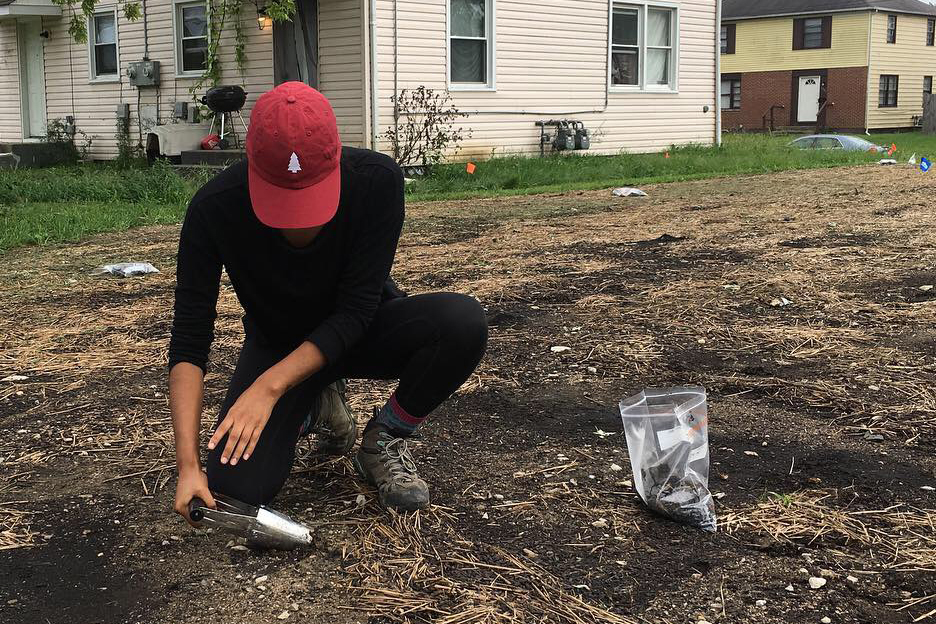
Geologic and soil processes are to blame for significant baseline levels of arsenic in soil throughout Ohio, according to a study published in the May-June 2014 issue of the Journal of Environmental Quality.
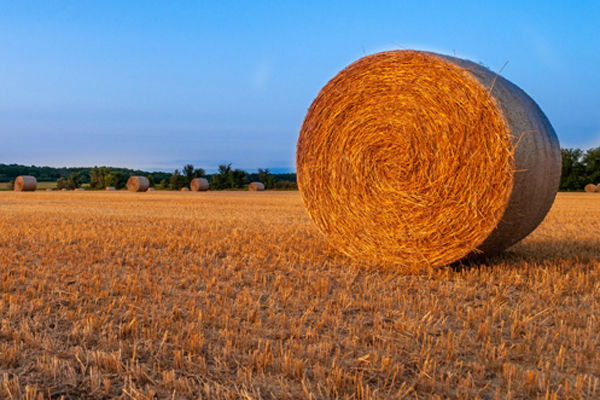
When soybean was popularized in the U.S. in the 1800s, farmers eagerly embraced the legume from East Asia as a forage crop. Today, it is more commonly grown as an oilseed crop rotated with corn throughout the Farm Belt.
Western hay producers, though, hope the high-protein crop could work yet again as a cost-reducing annual forage that could replace or compliment perennial hay crops like alfalfa and timothy.
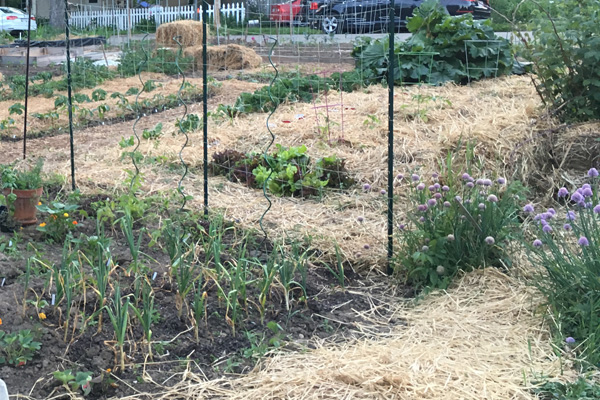
Growing your own vegetables can be a great practice for homeowners and renters. It promotes a healthier diet, saves money, and provides exercise. But there's one ingredient backyard gardeners may not realize they might be adding to their vegetables—lead.

For decades, scientists, politicians and environmentalists have been trying to put a value on the Earth’s natural resources. Once public utilities were in place, homeowners had to start paying for the water provided by their municipalities. But, how much should that water service cost? In the late 1990s, it became common for people to buy bottled water. Pricing is largely determined by market forces.
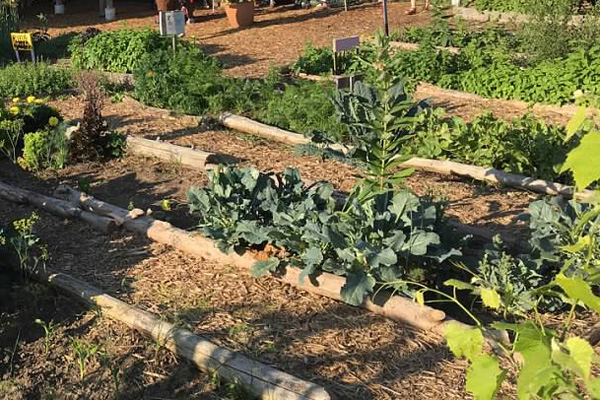
In many cities around the world, patrons of high-end restaurants want quality food that is flavorful and fresh. To satisfy their guests, chefs are looking closer and closer to home – to locally grown produce from neighboring farms or even from their own, restaurant-owned gardens.
“You can’t find fresher food anywhere,” says Sam Wortman, assistant professor at University of Illinois at Urbana-Champaign. “Chefs are literally picking produce the same day they’re cooking it in the restaurants.”
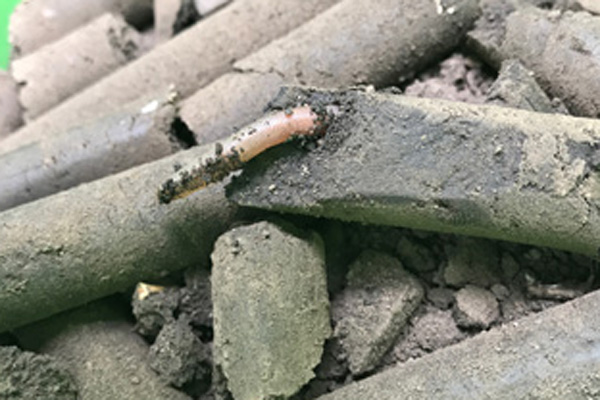
Earthworms are a welcomed sight in many gardens and yards since they can improve soil structure and mixing. But they are hard to find in the drier soils of eastern Colorado where water and organic matter is limited. Adding earthworms to fields where they are not currently found could help enhance the health and productivity of the soil. In areas where droughts are common, though, can earthworms survive? A new study suggests that they can.
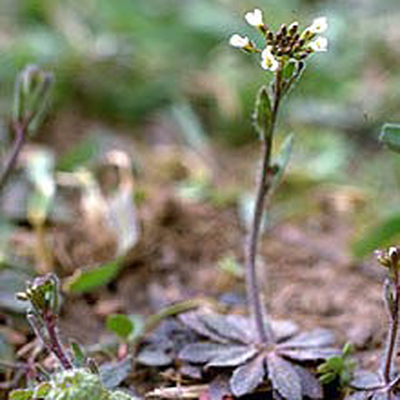
Since 1995, nearly 200 organisms have had their full complement of hereditary information, including all of their genes, sequenced. The full set of genetic instructions—coded in DNA—for making a person, or a pathogen, or a pineapple plant is known as the genome.
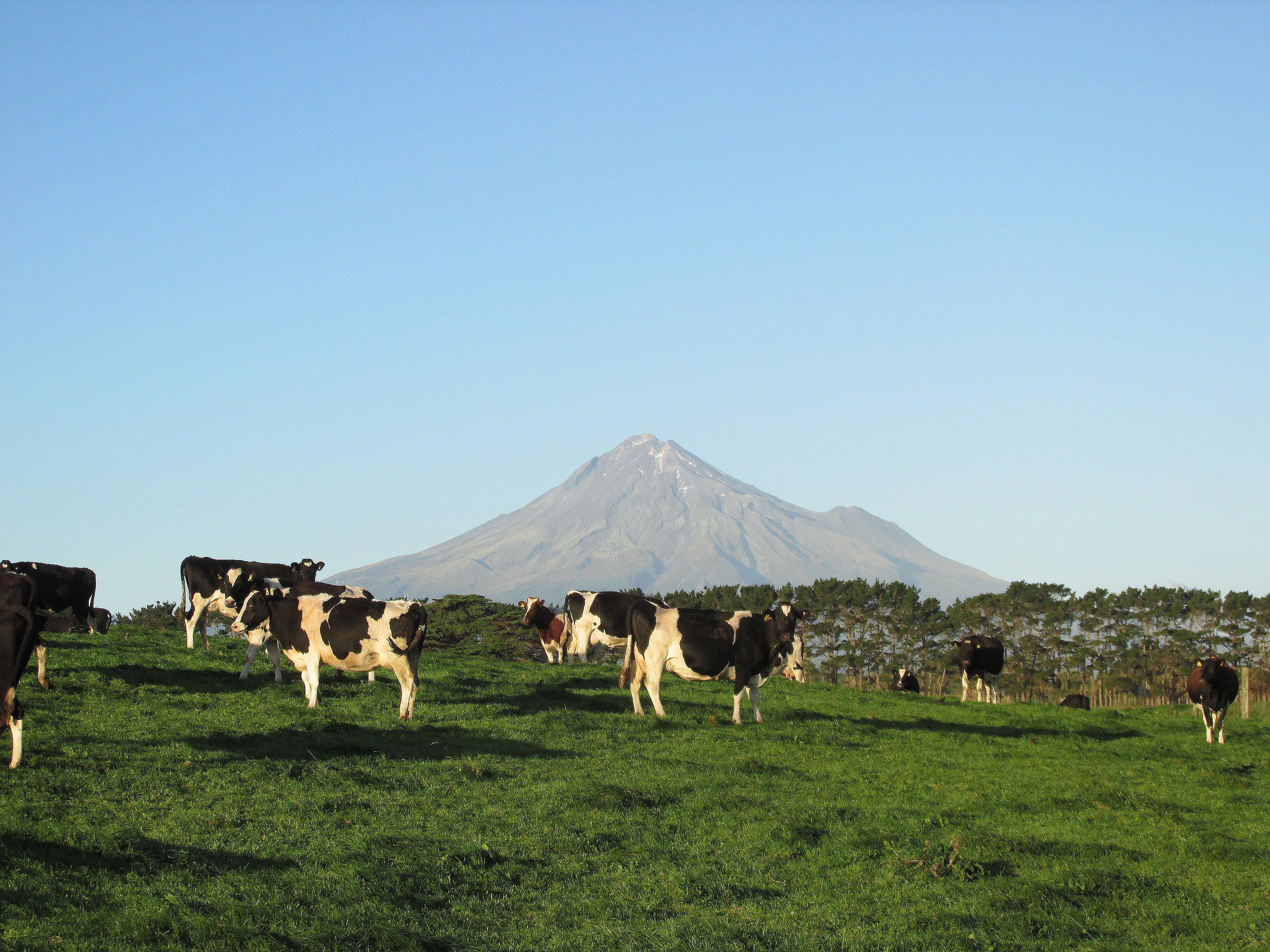
More than 600 million acres of grassland, pasture, and rangeland are found in the contiguous United States, much of which are fertilized with nitrogen to improve forage production. But as fertilizer costs and concerns over surface runoff from pastures and hay lands have risen, there has been renewed interest in nitrogen-fixing crops as an alternative to commercial fertilizers.
